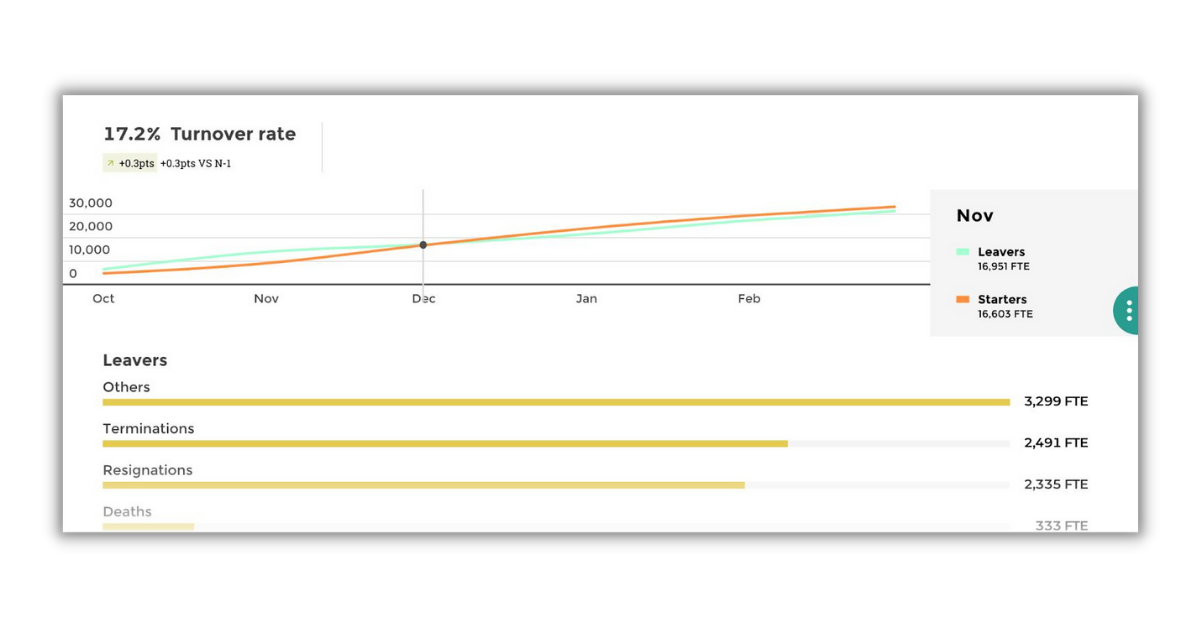Employee Engagement Index - What is it?
The employee engagement index is a frequently used KPI for leading HR teams. It is used as a relative measure for the engagement of employees at work. The employee engagement index is usually included in employee surveys, and this is ultimately how it is measured.
The engagement index, on a more granular level, assesses employee’s engagement levels with their jobs and/or day-to-day work. The survey questions of which it is composed aim to identify levels of effort and enthusiasm. It is therefore somewhat of a qualitative measure (similar to the employee satisfaction index).
The European Commission put together a good example of an employee engagement survey which you can find here.
Employee engagement is a useful thing for HR teams to understand and regularly report on, as it is inextricably linked to other KPIs that influence the success of the HR function and bottom line of an organization. Reductions in the employee engagement index are, for example, often directly linked to turnover rates.

The findings from an engagement survey can help managers to understand many things, including:
- If there is a disconnect between an employees goals and that of the company
- If there are linkages between specific actions, systems, processes etc. and source of friction or turnover
- What is causing lack of engagement (e.g. culture, management, reward systems).
Limitations of the Employee Engagement Index
There is no one satisfaction measure on employee engagement indexes that will adequately reflect the entirety of the workforce, so companies should take their findings with a grain of salt.
Additionally, as with all survey-related metrics, values are heavily dependent upon the quality of other factors such as survey design and delivery. What’s more is that the responses reflect employee sentiment at one point in time, and could vary greatly from one day to the next.


